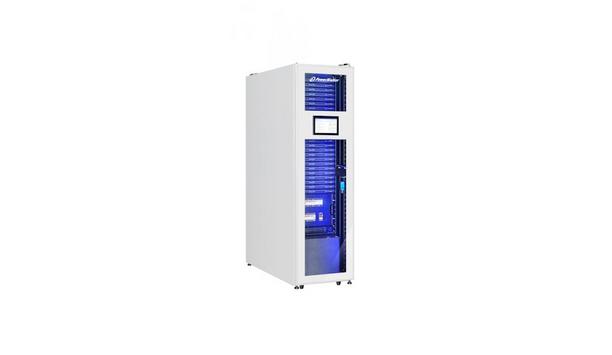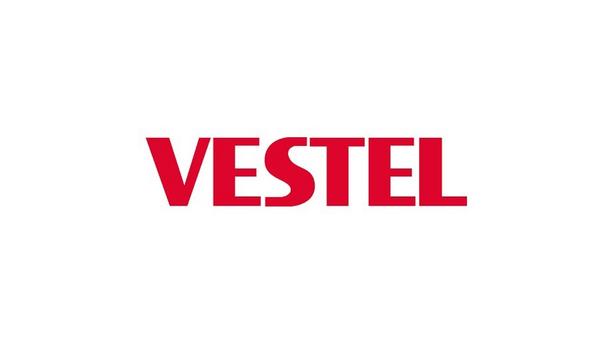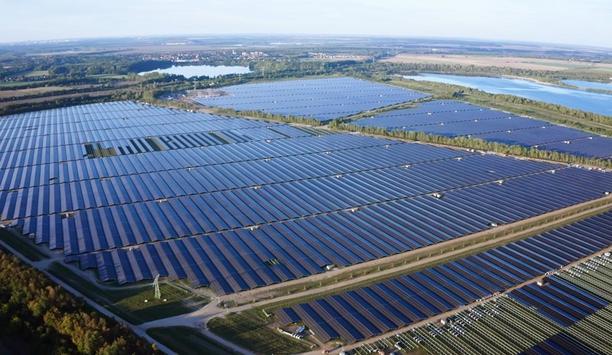DNV GL experts in Groningen, Norway, and Milan will investigate the potential of hydrogen transportation options across 1,800km of SGI’s high-pressure regional and national network.
The study will guide Società Gasdotti Italia (SGI) in identifying suitable sections of its gas network to safely convey blended mixtures of natural gas and hydrogen. The gas network operator’s aim is to understand if and how 100% hydrogen can be safely carried across the network.
The SGI study is perfectly aligned to the Italian Integrated National Energy and Climate Plan (PNIEC, published in 2019) which foresees the injection of hydrogen into the network helping to increase the sustainability of the existing networks and to exploit the natural gas infrastructure.
Natural gas distribution infrastructure
DNV GL’s 2020 Energy Transition Outlook forecasts significant growth in hydrogen demand
Moreover, the plan sees renewables playing an important role on the decarbonization path of the country in reaching a 30% goal by 2030. Hydrogen will play a key role in deeply decarbonizing Europe’s gas industry and contributing to the European Union’s targets for net-zero carbon emissions for 2050.
DNV GL’s 2020 Energy Transition Outlook forecasts significant growth in hydrogen demand in Europe over the next three decades. From almost no demand today, it will account for almost half of end-use gas demand in Europe in 2050.
Scaling hydrogen as an energy carrier can offer significant benefits to countries with extensive natural gas distribution infrastructure and decarbonization ambitions. Switching gas networks from natural gas to hydrogen can allow energy providers to continue using infrastructure and avoid the cost of having to build electric substitutes.
Effectively transport hydrogen
“Hydrogen is becoming an increasingly important lever in the oil and gas industry’s decarbonization efforts. Through executing projects like this, we are demonstrating how the natural gas infrastructure in the UK, the Netherlands, and now Italy can be repurposed to safely and effectively transport hydrogen,” said Liv A. Hovem, the Chief Executive Officer (CEO) of DNV GL – Oil & Gas.
Liv A. Hovem adds, “We are delighted to secure this project with SGI and support them on navigating the risks and opportunities of the energy transition, ultimately accelerating bringing decarbonized gas to their customer’s homes and businesses.”
Gas transmission system
SGI is convinced that hydrogen will play a key role in delivering the European decarbonization goals"
“SGI is convinced that hydrogen will play a key role in delivering the European decarbonization goals. However, the opportunity offered by a well-established gas transmission system to decarbonize hard-to-abate sectors, must be demonstrated. We see growing biomethane volumes in our network and will soon start injecting synthetic renewable gas. These initiatives will prove the role that renewable gases and the whole gas system can play in a new, sustainable energy value chain,” said Federico Frassi, the Chief Executive Officer (CEO) of Società Gasdotti Italia (SGI).
Federico Frassi adds, “The study with DNV GL will help to consolidate SGI’s ongoing work to ship hydrogen through the Italian gas transmission system and thus contribute to the achievement of the goals set by Italy’s Energy & Climate Plan.”
Natural gas infrastructure
DNV GL is working with gas network operators and industry consortiums in several European countries to assess the safety and feasibility of switching existing natural gas infrastructure to carry hydrogen. These include:
- The Hy4Heat program in the UK, which aims to establish whether it is technically possible, safe, and convenient to replace methane with hydrogen in residential and commercial areas.
- A project run by Dutch gas and power networks operator Stedin demonstrating that zero-carbon hydrogen could help to decarbonize heating in a residential apartment block near Rotterdam, the Netherlands.



